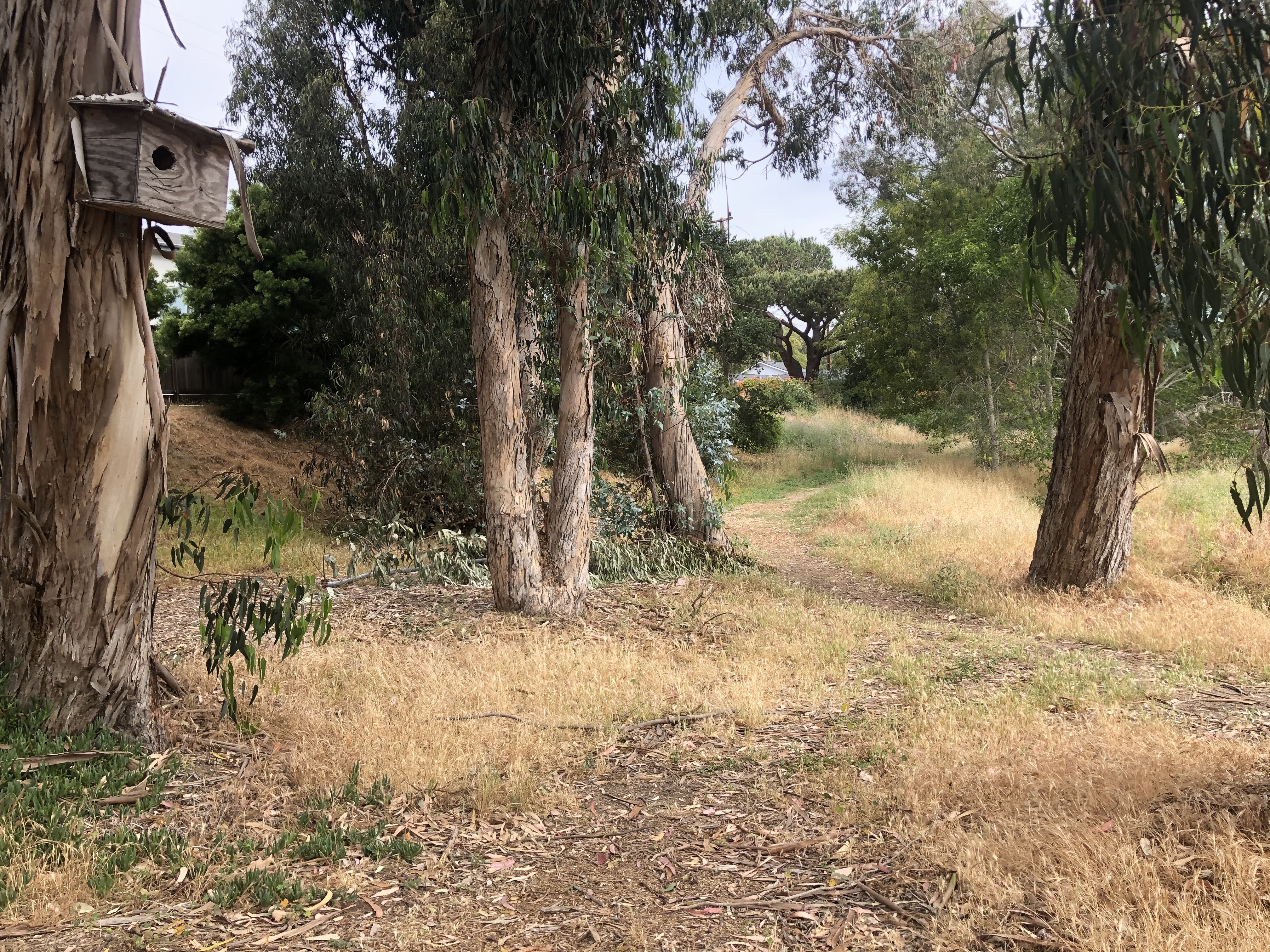Biden’s Infrastructure Bill Includes Affordable Housing
Cities Have the Chance to Engage Developers with Extra Funding

Part of President Biden’s proposed infrastructure bill, the American Jobs Plan, focuses on affordable housing. The $5 billion program is a competitive grant that awards funding to cities that relax zoning laws, like minimum lot sizes, mandatory parking requirements, and prohibitions on multifamily housing to encourage new housing construction. This program could help form a foundation for an effective affordable housing program.
Current state housing law requires that cities preemptively re-zone locations to accommodate potential new developments. Consequently, landowners may be motivated to build new residential housing units because their properties are now able to generate more income than under the prior zoning. When they can build multifamily housing on a lot, rather than just a single-family home, or shift from growing crops to producing condos, the landowner can make more money from the development. Often, the response of an affected neighborhoods is to then rally in opposition. Sometimes the new housing would then get built, and sometimes it does not.
However, what if the cities did not take the first step of rezoning, but instead, asked landowners/developers where the best areas would be to rezone for potential new residential development projects? Developers, more than city staff, can better identify ideal sites and conditions for future housing development. Thus, cities would ask the landowners/developers to propose potential sites for rezonings, whether changing the permitted use of the land, such as from a commercial use to residential, or increasing the housing density levels in existing residential neighborhoods.
The process would operate similarly to a competitive grant design, in which applicants submit proposals and the best proposals will receive grants. In this case, cities would seek developer proposals sufficient for the city to achieve a predetermined housing target, such as for residential housing developments of up to 500 residential units, and a specified target of affordable housing. The proposals could reflect potential new housing developments for anywhere in the city, unconstrained by the existing city zoning.
One may ask, why is this better? Because the basis for the city’s approval process would be tied to the reaction from the neighborhood. A city would judge which submissions to accept based on its neighborhood impacts, including evaluating which proposed developments had the greatest public support from the neighborhood and community groups. Because the developer proposals include potential rezonings — deviations from the General Plan — a city is not required to accept any proposal. The goal of this process is to encourage landowner/developers to submit proposals and for cities to select project proposals that produce the greatest benefits for the community, not simply the developer, and to help build public buy-in. Therefore, part of a developers’ goal would be to propose community benefits, such as creating the vibrant public spaces, walkable settings, and other urban amenities that communities increasingly value.
Therefore, developers would have to negotiate and create a buy-in from residents ahead of time, so their proposals are selected by the city. A city can promote negotiations between homeowners, neighborhood groups, and developers through modified community benefit agreements (CBA). The agreements are deals between developers and coalitions of community groups to ensure that affected residents share in the benefits of major developments. CBAs have covered a wide range of different urban infill development projects, including combinations of retail, residential, office, entertainment, professional sports, and hotel uses. Part of the responsibility for the state would be to design a streamlined, simplified Community Benefit Agreement template, which might serve as the vehicle for a negotiated “quid pro quo.”
The Biden administration’s infrastructure bill can help to facilitate the negotiated process by providing additional funding to selected projects. Communities can even propose the sorts of sweeteners they are seeking in return for not opposing a project, such as funding to acquire parks and open space, help build a recreation/community center, fund museums, libraries, and performing arts, or create community gardens and dog parks. Additionally, state funds might also support new (safer) mass transit overcoming the traffic burdens that would otherwise impact neighborhoods.
The objective of this approach is to promote negotiations among landowners/developers, neighborhood associations, and community interest groups to produce mutually beneficial outcomes, with the result of:
• Creating a culture of engagement in which the developers and cities reach out to the local stakeholders, ahead of time to gain a broad consensus on the direction of future community development.
• Reducing the costs from delay and litigation. A CBA is a legally enforceable contract, signed by the community groups and by a developer, laying out the community benefits that the developer agrees to provide. In exchange for these community benefits, the community groups promise to support the proposed project.
• Producing affordable housing, not just housing plans. The current housing law has produced a lot more analysis and plans than it has housing, especially affordable housing.
This type of housing approach allows helps to move from state-level coercion and top-down planning changes to cooperation; from confrontation to collaboration, with the state supporting a local planning process, rather than just punishing cities.
Stuart Kasdin is a member of the Goleta City Council and teaches Political Science at Santa Barbara City College. This article is the last of his series on ways to achieve affordable housing.



